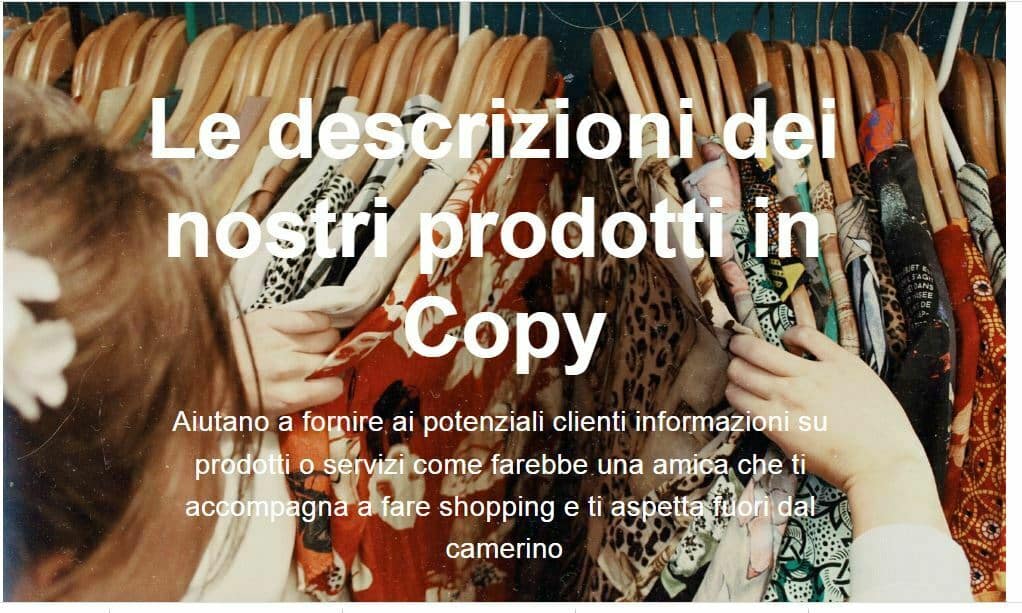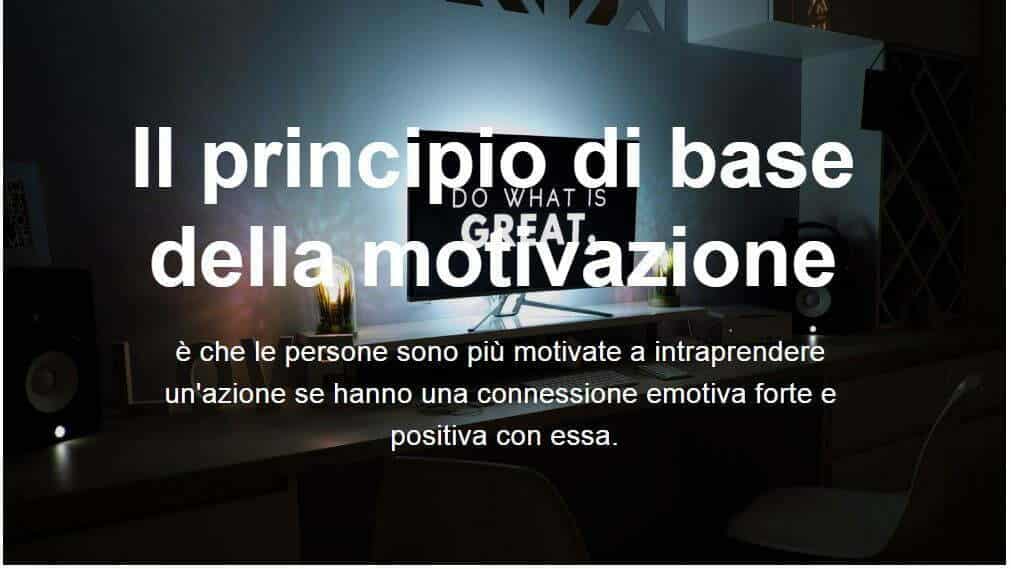HOW TO WRITE PRODUCT DESCRIPTIONS WITH COPYWRITING
Copywriting is the art of writing words that sell. It is not just about telling people that your product is great and that they should buy it.
It's about taking the time to understand what drives your potential customers to act and then using language that will resonate with them to make them take action.
In this article, we will take a closer look at how copywriting material works and why it is important for you to use it when writing descriptions of your products.

It is a form of marketing that is used to generate a direct response, an action or in technical jargon a 'conversion'.
Copywriting can be anything from a TV commercial, a social media post, an email campaign, a digital banner ad, a landing page or a blog post. The aim is to make their message appealing and relevant to the audience they are trying to reach.
Copywriters have the power to increase sales regardless of the product, for the same product with the same images excellent descriptions and sales arguments can really make a difference especially on the web where the 'aseptic' environment prevents us from touching or wearing a product.
Images can give us an idea, convey a good feeling but it is up to the copywriting to guide our experience and make it multi-sensory.
This is why it is often ignored or considered marginal within an e-commerce where images or graphics are thought to have greater importance. To use a metaphor in an e-commerce, the copy plays the same role as an experienced salesperson in a physical shop.

Once the 'stimulus' or our 'product' has been discovered, it must accompany us in the next steps leading to the sale. It must know how to reduce our doubts as to whether "it is just what we needed" "it fits us well" "it makes us feel good" "it doesn't make us feel guilty after buying it" and so on.
It helps to provide potential customers with information on products or services in the same way as a friend who accompanies you shopping and waits outside the fitting room to give you an honest opinion on how you look in that dress.
The principles of motivation are the underlying reasons why we decide to buy something.
These reasons may be internal or external:
Internal motivations are things like satisfaction, happiness and security. If you have studied psychology a bit, you will remember Maslow's famous pyramid that divides the needs of the individual according to the needs that are satisfied by the environment in which he lives.
External motivations are, for example, money or rewards, social status and prestige.
A person's motivation to buy something depends on his or her personal needs and predisposition at that precise moment.
Buying is almost never really on a rational basis but most often happens on an emotional basis.
Let us give some examples:
I need that dress because I have to use it for a special occasion
I want to buy it because it is exclusive to that particular brand and other people will notice me because it is recognisable
I want to buy it because it makes me feel really good
I want to buy it because I have no other clothes made like this or in this colour
I want to buy it because I will not find one like it
They are all different motivations for the same stimulus: 'buying a dress' some are socially based, others are more intimate related to feeling good about ourselves, some are rational on a 'subjective' assessment but in reality are all 'rationalisable' in that we all need to convince ourselves that we have good rational reasons for buying something even when these are NOT there!
For this we need copy and emotional descriptions that break through this internal dialogue when we consider whether or not to buy something.
If you do not know what motivates your target consumers at the time when they can meet/see/test your product, you will not be able to market your propositions effectively.

The benefit when a customer buys from us
It is always EMOTIONAL
Texts and descriptions must therefore be interesting! They also serve to entertain or inform readers about products and tell them about the world and the stories that revolve around our brand so copywriting skills are essential to create advertisements and other marketing materials that will be read by human beings.
You know how boring catalogues are? Dry or interminable descriptions? We really must avoid falling into these errors, boredom is the enemy of emotion, no one buys for us especially if we want to sell a fashion product!
Copywriting requires research into the needs and desires of the audience before writing.
Copywriters must have an in-depth knowledge of their product or service in order to write the most effective message that will persuade customers to buy.
Product descriptions are a key element and can be decisive in the purchase decision of visitors to our site.
The principles of motivation are the basic human needs that motivate us to buy something.
These needs are: belonging, meaning, power and control, and pleasure. The first three needs are related to self-esteem. They reflect the need for our existence to be validated by others. The last is related to hedonism and reflects the desire for a pleasurable experience.
There are four principles of motivation:
Desire: the customer wants something so important that they want to buy it.
Expectation: the client believes he can achieve the desired result based on his own skills and experience.
Trust: the client is confident in his ability to succeed with little or no help from others or from resources outside himself.
Emotions: the customer feels emotions towards a product or service such as joy, anger, sadness, anxiety, excitement, etc. Emotions often lead directly to motivation and action.
Understanding these principles is important in marketing because marketers can use them to understand what motivates consumers and design their strategies accordingly.

THE SEVEN POINTS FOR WRITING AN EMOTIONAL PRODUCT DESCRIPTION
NAME: Each product has a specific name to make it easily distinguishable
TONE OF VOICE: Depending on the product and our brand values, we need to set a consistent tone of voice as if we were talking to our customers in the real world
CHARACTERISTICS: The unique features of our product
EMOTIONAL CONNECTION: An emotional bond must be created between the reader and the product
SPECIFICATIONS: If the product is very special, one must go into detail to dispel any doubts about the purchase and confirm that the choice is the best one
VALUE: you have to make people understand the value of the product and how it can impact on the customer's life
MOTIVATION: To push the customer, you have to give him a rational justification so that he does not feel guilty about spending money on the product you are proposing to him.
If you are able to use these seven points in your product descriptions you will be able to connect with your customers and make their shopping experience pleasant and stress-free. Always remember that the moment of purchase requires an 'evaluation' we decide at that moment whether we have all the information to conclude a purchase or postpone it.
That is why our materials must be 'informative', but we must always narrate in an interesting way.
Did you like this article! Leave me a comment it will be a pleasure to answer you!
















